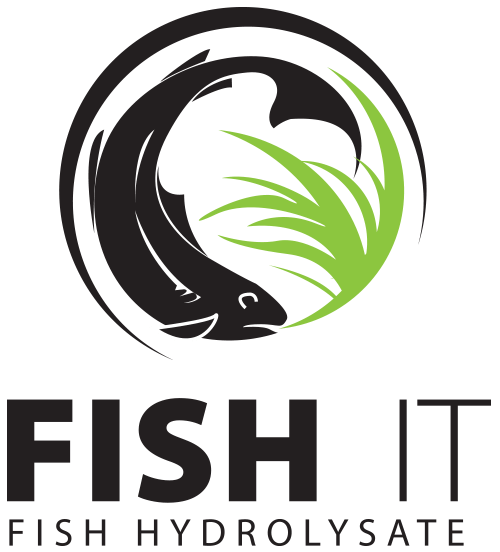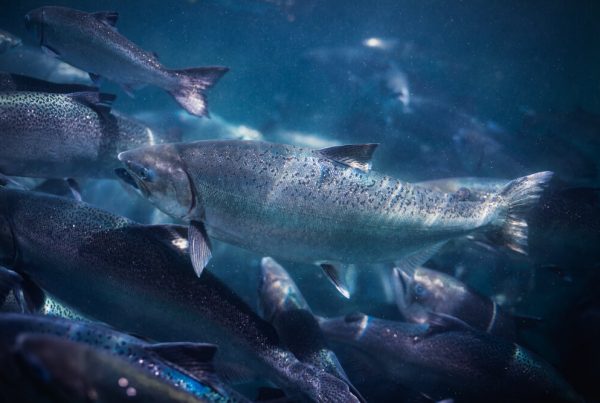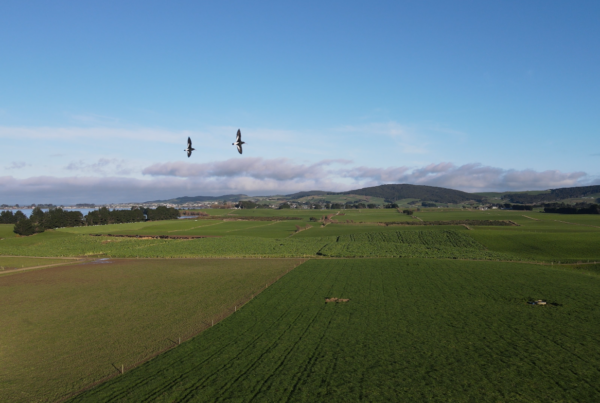Albert Einstein once said: “Insanity is doing the same thing over and over and expecting different results”.
Fast forward to today.
Normally the Venn diagram of academia and farming is two discrete circles. But in this case, I don’t think you have to squint too hard to find a useful lesson for innovative farmers. Farming is going through an environmental evolution – both because we all want to do things better and because we are being propelled in that direction by regulation and incentives.
The truth is, nothing changes if nothing changes. But nothing can move unless something sparks it into action – the very fact that you are reading this post tells me you are ahead of the curve and thinking change is needed. You are looking for answers and ready for action.
Why change?
Since the post war era, farms have relied on chemical fertilisers to provide nitrogen to their pastures and crops. Without better options, growers depended on repeated application of chemical nitrogen fertiliser to ensure their fields were productive. Around 50% of New Zealand’s entire land area is dedicated to agriculture and this intense application of synthetic nitrogen fertiliser has contributed to water and air pollution as well as depleted microbial diversity in the soil.
The response rate of synthetic N is dependent on:
-
- Amount of available mineral N in the soil – the greater the deficit, the higher the response
- Soil temperature – the warmer the soil, the greater and more immediate the response
- Plant growth – the faster the growth, the greater and more immediate the response
- Moisture – too much or too little water will lower the response
- Rate of N applied per application – there is a diminishing response at high application rates (>50 kg N/ha).
The same nitrates that can leach into waterways and the atmosphere when not utilised efficiently by plants can also pull key nutrients out of the soil, including magnesium and calcium. This can make soil too acidic, such that plants are unable to take up nutrients properly, again reducing production response from the application and requiring further inputs to try to balance out soil health.
Synthetic nitrogen has undoubtedly enabled us to intensify our farming production, but with it has come unintended impacts to our soils. The microbes stop converting nitrogen into fuel to help pastures and crops grow.
Without a robust microbial community, soil becomes dirt. Chemical nitrogen fertiliser has microbes burning through the carbon that makes soil able to hold nutrients, water, and roots. It can become sodden, airless, and compacted. We’re now at a critical turning point, and with the help of new technologies that facilitate more sustainable farming practices, we can restore soil health and improve farm productivity to provide greater returns for input investment whilst enhancing land stewardship.
How will you take action?
If you took the sledge-hammer to N and slashed inputs by 70 to 80% this season and did nothing else would your production fall of a cliff? Of course, it would! To maintain productivity, synthetic nitrogen inputs can be reduced when replaced with something, preferably better…
Your journey to action starts with investigation into strategies that could improve return on investment and stewardship of the property. These two objectives don’t have to be mutually exclusive. There is a constant drive in the New Zealand agricultural industry to develop innovative products and practices which deliver both. But this means keeping ourselves informed and being prepared to try new ideas or think outside the square.
Making changes aimed at improving soil health in an environmentally sustainable way can really pay off. It could be applying nutrients in new ways, reducing tillage, aerating, planting biodiverse pastures, and/or trying a biostimulant (such as Fish IT) to feed the microbial activity in the soil, thereby improving its natural biological functions.
Great advice
Sometimes change can start with talking to someone new. Farmers who take the time to seek expert advice reap excellent returns from this investment. One of the most important is soil health advice; after all, soil health underpins the productivity of the whole operation. Using soil and herbage testing as the basis for advisors to work from, farmers can apply specific nutrients to the farm areas that require them in the right quantity, in the right form, at the right time. The improved results and savings, especially in the current high-cost environment, can be significant.
Set benchmarks, action the plan and monitor
The hardest part is often the decision to actually implement the change. Innovative farmers seeking a better way to achieve production will often dip their toes in gently by trialing change and monitoring results.
They record baseline data, input types and rates, and management practices used on specific paddocks. Having a monitoring plan to follow as the growing season progresses, means they end up with the ability to compare their practices and results with other paddocks on the farm or in some cases other farmers in the region. If everything is working well, they can then roll out the change on a broader scale.
It’s a marathon not a sprint
Farmers are always thinking about the future. The next week’s weather, the next season’s crop, the land they’ll pass to the next generation – looking forward is in their nature.
That’s why it makes sense to take a long term view of soil health. Increased soil health is associated with greater nutrient retention and less leaching of nutrients like nitrogen into the surrounding environment. Research has shown that soil microbes, when fully optimised, have the ability to fix 250kg of urea equivalent per hectare per annum.
For the majority of Fish IT’s customers choices are being made as part of a mix of inputs built into a long-term programme that runs over a number of seasons and years.
Suggestion for change
Nitrogen is one of the building blocks of life for humans, animals and plants. The pastures we grow to feed animals rely on tiny bugs (microbes) in the soil that turn nitrogen from the soil into life. It is a masterful and complex biological process.
Fish IT feeds soil life, including those tiny nitrogen-fixing bugs or microbes which form symbiotic relationships with legumes, such as clover. The bacteria use the amino acids from the Fish and clover is stimulated which helps optimize the nitrogen fixing microbes. Similarly, worms are stimulated and help soil health through better aeration, nutrient cycling and improved soil structure.
The Final Word
Farmers want to be good stewards of their land, but they are also signing up to an alternative approach in the pursuit to reducing ever-rising costs. Other opportunities include introducing bio-diversity, to try out alternative pastures species and mixes, along with other biostimulants. In the long run, these combined practices hold the promise of making farms more resilient to extreme weather events. Pairing best practice land management with careful nutrient management can have a substantial impact on reducing fertiliser inputs while improving productivity.
It is widely accepted that soil is the foundation for agriculture and the medium in which nearly all food-producing plants grow. Healthy soils supply the essential nutrients, water, oxygen and root support that our food-producing plants need to grow and flourish. Soils also serve as a buffer to protect delicate plant roots from drastic fluctuations in temperature. There is no place better to start your journey than your soil.
If farmers just stop using synthetic nitrogen fertiliser, then the world would starve. The trick is to encourage steady reduction of use, incorporating technological improvements, better products and by stimulating the natural processes. It is crucial that productivity is maintained. At Fish IT we consider this should be a staged approach. “There is no silver bullet, pragmatic balance is required, but, at some stage we really all do have to take the first big step and make some changes – that’s what we’re trying to encourage here at Fish IT,”



